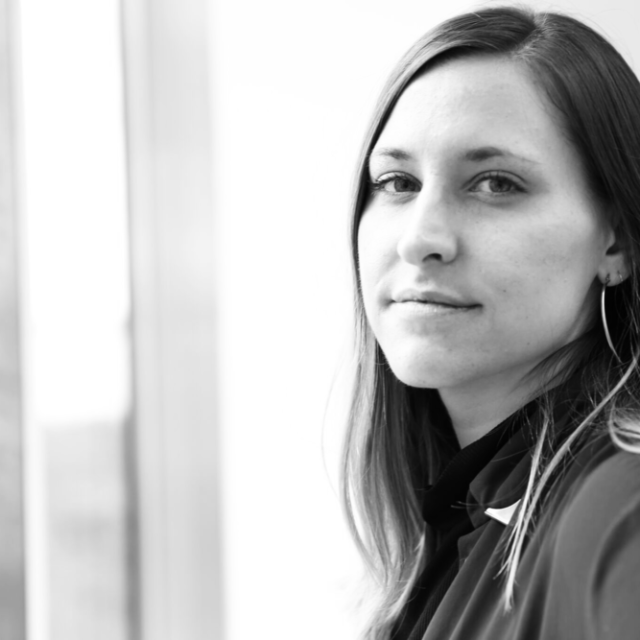Le Creuset Has the Cutest Cookware on Earth. But Is a $400 Dutch Oven Actually Worth the Money?

Le Creuset dutch ovens tend to appeal to a certain type of person.
This person exists across generations: From midwestern grandmas with flour-coated aprons to 20-something apartment dwellers with more cookbooks than counter space. They might not identify as a “great cook,” but they love to spend their free time hovering over a bubbling pot of tomato sauce, or beef stew, or chocolate ganache, just the same.
Since the start of the pandemic, more people have become these people.
Our collective obsession with home cooking has boomed, as has our interest in finding the best tools for the task at hand. And while owning a sourdough starter may have become the de facto meme of home cooks suddenly faced with a lot more free time, springing for one of Le Creuset's gem-colored dutch ovens is probably a more accurate one. (Scan the hashtag #lecreuset on the social media platform of your choice for proof.)
These things ain’t cheap: A 5.5-quart Le Creuset dutch oven costs about $370 — a pretty penny for a piece of cookware that’s less utilitarian than, say, a saute pan, or a good chef’s knife. And if you don’t cook for a living, or are already familiar with the ins and outs of the perfect pot roast/coq au vin/every other Julia Child-approved dish these pots were designed for, it’s hard to tell how much use you’ll actually get out of one.
Is this a worthwhile investment for the average person? We put that question to a panel of experts: a celebrity chef, a veteran culinary instructor and two pandemic-influenced home cooks. Here’s what they told us.
Le Creuset dutch ovens: Reviews from the pros
Buying a Le Creuset dutch oven comes with a certain prestige. This is status cookware, manufactured in France and sold in colors like marseille (blue) and nectar (yellow). It’s hard not to feel like a fancy French dandy when it's perched on your stovetop.
It’s also an absolute workhorse, leaned on by professional chefs across the globe.
The entire Le Creuset dutch oven line is made out of enameled cast iron, a material that retains heat exceptionally well and is naturally non-stick (i.e., doesn’t use Teflon, a controversial compound found to release toxic chemicals at high heats). This comes in handy for cooking stews and soups, fibrous cuts of meat like lamb shank and pork shoulder, and other recipes that call for a long, slow simmer, according to Allison Anastasio, a personal chef and culinary instructor who hosts all-levels “bite-sized” digital cooking classes.
Other materials, like aluminum and stainless steel, “can have hot spots and cold spots that don’t cook evenly,” Anastasio says. “With enameled cast iron, the transfer of energy and heat is reliable and regular.”
Another big Le Creuset selling point is durability: These pots are heavy, built to last, and come with a lifetime warranty.
Richard Blais, a restaurant owner and recurring judge on a slew of FoodNetwork and Bravo cooking shows (Top Chef, Master Chef, Cutthroat Kitchen), says he uses Le Creuset in both his restaurant kitchens and at home.
“My economics pitch is that [Le Creuset] is going to last forever,” he says. “They’re the type of products you pass down to your kids. As a home cook, that’s really important.”
Best dutch oven: Le Creuset vs. Staub vs. everything else
For some people, Staub, another French cookware brand that’s frequently pitted against Le Creuset, is the real crème de la crème.
This is largely based on personal preference: Staub’s dutch oven range comes in more muted colors than Le Creuset, is a bit heavier, and has moisture-retaining braising spikes built into the lid.
Cost-wise, Staub pieces retail for about the same price as Le Creuset ones, but it’s easier to find deals on Staubs. As of this writing, you can get a 4-quart Staub on Amazon for $180. (Le Creuset does hold an annual “factory to table” sale, but merchandise is limited and sells out fast.)
There are, of course, lots of cheap, off-brand cast iron dutch ovens at stores like Target and Bed, Bath & Beyond. The thing is, there’s not a lot of information about where these products are manufactured — and if they’re made in China and India, which is likely, they could contain harmful materials like lead and cadmium that can leach into food after continued use. These imitation pieces also tend to break down quickly: User reviews for a range of AmazonBasics dutch ovens that run as low as $41.50 are filled with photos of chipped, melted and scraped enamel.
If you’re on a tight budget, it might be worth buying a generic brand as a starting piece, cooking on it for a month or two, and then deciding if a Le Creuset or Staub dutch oven is worth investing in, Anastasio says. As a general rule, though, “If something is made to sell cheaply, there probably has not been too much care put into how the metals are made, forged and coated,” she says.
What about Lodge cast iron cookware?
Lodge, an American cast iron manufacturer that’s been around since the late 1800s, is another brand worth mentioning.
The company is best known for its bare cast iron skillets — which are inexpensive, and if cared for properly, basically indestructible. Lodge also makes a bare cast iron dutch oven, and for a much lower price than Le Creuset: A 5-quart oven will run you just $50. (Lodge also sells enameled cast iron dutch ovens, but unlike their other products, that line is made in China, not the U.S.)
Bare cast iron takes a bit more upkeep than the enameled version, and there tends to be a learning curve when it comes to maintaining its “seasoning,” a baked-on layer of oil that prevents cast iron from rusting, which can be damaged by certain utensils, acidic foods, and vigorous cleaning methods. But all in all, it’s an affordable alternative.
“It’s not going to be cutesy, but it gets the job done really well,” says Stacia Ciak, an avid home cook and member of various Le Creuset social media fan groups. (One Facebook group, “Le Creuset Lovers,” has five times as many members compared to this time last year, she says.)
“If you’re really on a budget, that’s what I’d recommend.”
Is Le Creuset good for beginners?
One downside to enameled cast iron is that it’s not the easiest material for novices to work with.
Compared to other pots and pans, Le Creuset's take a long time to get hot, and since they retain heat so well, it’s easy to burn things once they do.
“It’s a beast if you don’t use it properly,” Anastasio says. “You have to know its nuances.”
Once you’ve spent some time in the kitchen, and have learned what types of dishes you’ll be rotating through regularly, it shouldn’t be hard to suss out whether or not this is a piece of cooking equipment you can live without. But if you’re not at that stage yet, it’s probably wise to hold off on spending close to $400 “for a pot that’s going to collect dust,” Anastasio says.
So ... is Le Creuset worth it?
Everyone we spoke to for this story was adamant that for home cooks who have hit their stride, Le Creuset (and Staub, for that matter) is absolutely worth the cost.
Across Le Creuset’s social media fan pages, people post photos of decades-old dutch ovens they bought at garage sales, or were given to by relatives, that look (and cook) as good as new.
“I like the idea of having a piece of cookware that won’t end up in a landfill next year,” says Clarissa Duff, a frequent poster on the subreddit r/LeCreuset. “I feel like it’s a pretty safe purchase.”
Like a lot of home chefs, Duff says she learned how to cook on cheap equipment and upgraded as she went along — trading her starter knife block for an expensive chef’s knife, her garage sale blender for a Vitamix, and so on. She went through several pieces of discount enameled cookware before splurging on a Le Creuset piece, and says it brought the food she already loved to cook (like a one-pot chicken and rice dish she swears by) to restaurant-quality level.
As for aesthetics, it’s hard to discount just how pretty these things are — so much so that some people view them as collector’s items rather than cooking equipment. (This is a controversial topic across Le Creuset Facebook and Reddit, where some people go to show off their dutch oven loot, and never anything they’ve actually made with them.)
Regardless of how people choose to use (or not use) their dutch ovens, they “occupy a very special place for our consumers,” says Christopher Scinto, vice president of marketing at Le Creuset.
“A Le Creuset is equivalent to a sofa, a throw pillow, a piece of art. It says something about the owner; it’s seen,” he says. “It’s more than just a tool for a job.”
More from Money:
La Mer Cream Costs $345 for a Tiny Jar. Could It Possibly Be Worth the Money?
